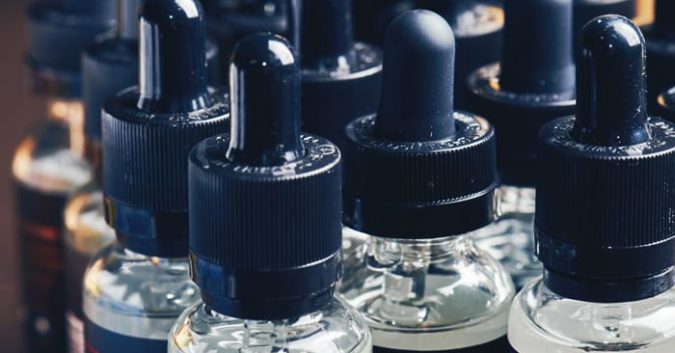JUUL, the most popular brand of e-cigarette, delivers unprecedented amounts of nicotine to users. According to a new study from researchers at the University of California Riverside (UCR), some JUUL pods have as much as 3 times the amount of nicotine per milliliter as other e-cigarettes.
The average JUUL pod contains about 61 milligrams of nicotine per milliliter of fluid, which researchers said was equivalent to more than one pack of cigarettes.
This is concerning, given the millions of underage kids using these lightly regulated products. Nicotine use can easily initiate a life-long addiction in teens, possibly leading to other drugs or traditional cigarette use. Scientists also know that nicotine use can alter the adolescent brain before it is fully developed.
Many young users don’t even know that there is nicotine in e-cigarettes. JUUL manufacturers a discreet e-cigarette with pods that come in flavors preferred by children and adolescents.
Adult users have been told that the product will help them quit smoking and that it is healthier than traditional cigarettes. Some of the research in this area might seem promising, but there has yet to be any definitive evidence presented on the safety or efficacy of these products.
Some of the chemicals used to flavor e-liquids can be toxic, like nicotine, and JUUL has steadily been increasing concentrations of both in their products. There are obvious dangers to this, but JUUL has stuck to its strategy. The intensity of the flavors attracts young users. The addictive power of the nicotine ensnares them for life.
Nicotine Concentration in JUUL Enough to Cause Cell Damage
Prue Talbot, professor at UCR and lead author the study, drew attention to a new danger associated with high levels of nicotine. She said their study demonstrated that nicotine concentrations in JUUL pods were “sufficiently high to be cytotoxic, or toxic to living cells.”
Talbot tested the effect of the vaporized liquid from a variety of JUUL pods on lung cells in a clinical setting. She found that the amount of cell damage was highly correlated with the concentration of nicotine. Talbot said:
“JUUL is the only electronic cigarette product we found with nicotine concentrations high enough to be toxic in standard cytotoxicity tests. A big concern is that its use will addict a new generation of adolescents to nicotine.”
Until studies have access to lifetime e-cigarette users, researchers can only theorize about the benefits and risks of vaping. But the cytotoxic qualities of nicotine at current concentrations are a red flag that needs to be addressed.
“Our data reinforce the need to prevent adolescents from using products with these extremely high nicotine concentrations,” said Talbot.
She is in favor of limits on the nicotine concentration in e-cigarette products, a move that would likely face an army of lobbyists from JUUL (now owned by big tobacco powerhouse Altria) and other e-cigarette makers.
Talbot and her team also checked the toxicity of the flavor chemicals in JUUL pods. The flavor intensity has been increasing in e-cigarettes, which calls for an increase in the concentration of chemicals used to create those artificial sensations.
“Depending on their concentrations in the products,” said Talbot, “these chemicals can elicit varying toxic effects, as has been noted in case reports and laboratory studies.” Researchers found some correlation between flavor chemicals and toxicity, but it was less notable than the link they found with nicotine and cell death.
America’s Youth Should Not Be Guinea Pigs for Profiteers
Since JUUL entered the market in 2015, it has claimed a 70 percent share in a booming market, kicking off what experts have described as a “nicotine arms race.” As JUUL elevated their nicotine levels and captured users, other companies took notice and copied their tactics.
Nicotine concentrations in e-cigarettes have now reached unprecedented levels. At the same time, millions more teenagers are using these products each year. The U.S. Surgeon General described the phenomenon as a youth vaping epidemic. With JUUL at the forefront, other companies have contributed to this disaster by also marketing their addictive products to kids.
Of course, as one would expect, JUUL disputes the UCR study’s findings. As the youth vaping epidemic continues to grow, we should not bet on JUUL putting their customers’ health ahead of profits. In fact, newly rich JUUL is planning an advertising bonanza this summer to capitalize on their popularity.
Will the Food and Drug Administration (FDA) enforce a limit on nicotine levels before then? JUUL is not going make that move on their own. And the market will follow their lead.
